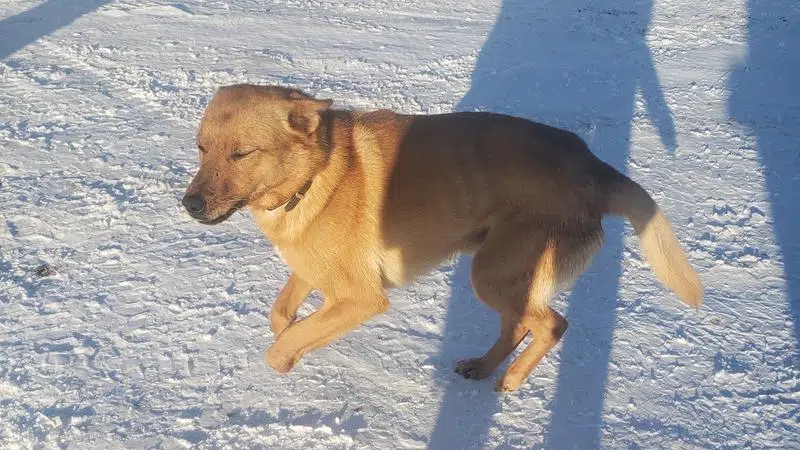
Local woman frustrated to find pets snared at Waterhen Lake First Nation
Content Warning: Graphic images throughout
Reports of snared pets on Waterhen Lake First Nation are frustrating a local dog rescuer.
Stephanie Mamer, of Northern Tails Frontline Animal Rescue, told meadowlakeNOW she is appalled by traps left close to residences on reserve grounds where dogs are being caught in snares and left to suffer for days.
“They’re owned dogs. None of the dogs that have been snared were stray dogs. Those dogs are not feral or strays. Ninety per cent of those dogs on that reserve belong to someone. Whether people want to claim them or not, they belong to someone,” she said.



